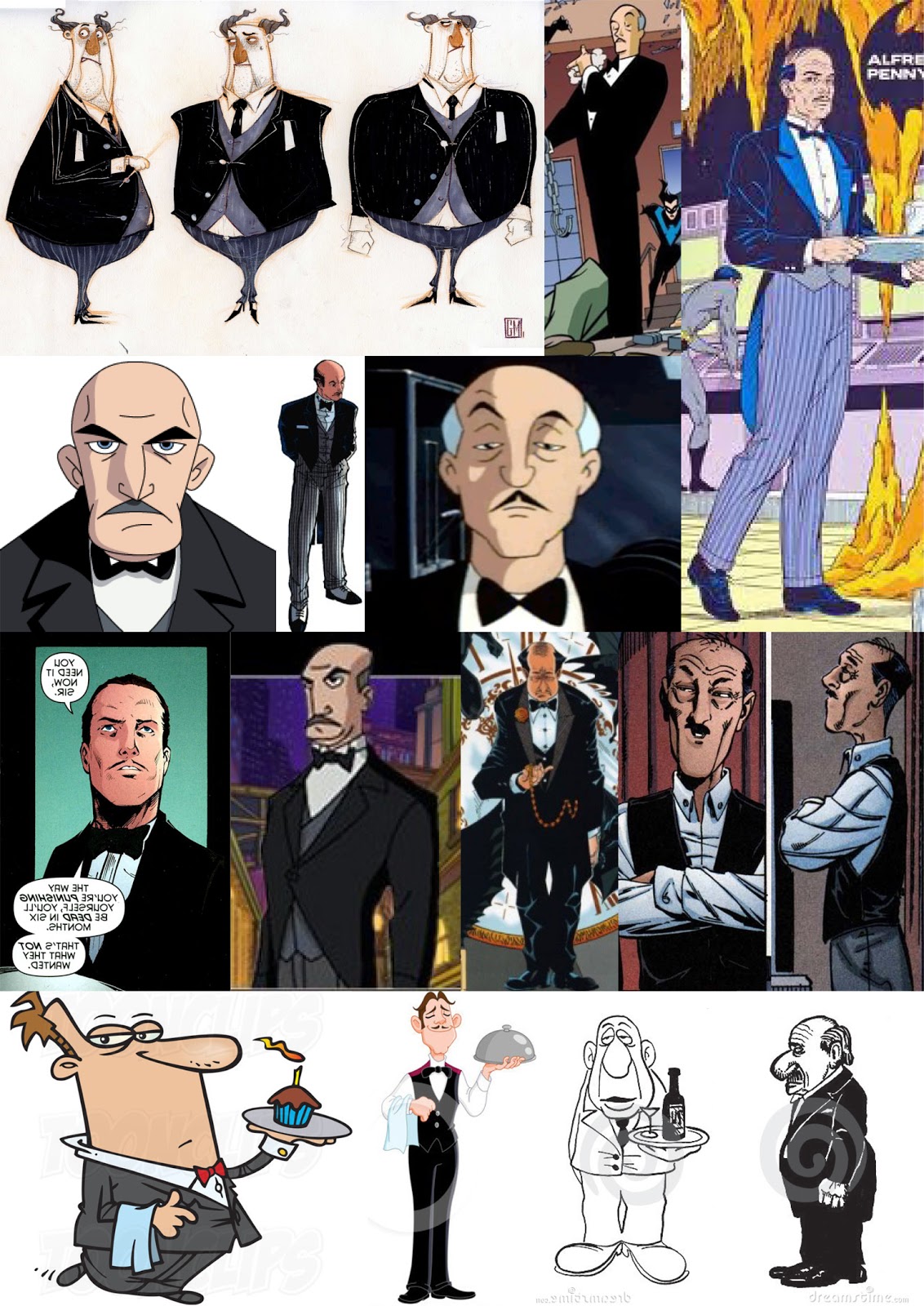
This list of Shakespeare plays brings together all 38 plays in alphabetical order.


Plays It is believed that Shakespeare wrote 38 plays in total between 15.This student collected images and examples of objects from the nanny’s life – there are 15 fabric swatches here, and picture of buttons, fastenings and other objects you would find in a nursery. This student did a great deal of historical research into the life of a nanny, and looked at accounts of actual nannies from the period. This student was very influenced by the text itself, taking a large number of lines, structures and images from the play which he will re-work. He is going to use the sensory description of fabrics very heavily in his monologue. He collected fabrics which the character would have used and worn the nanny would have spent a lot of time making clothes for the children. This student created an actual doll’s house with opening sides. She also focused on birds (a key theme in the play), and the image of a phoenix rising from the ashes is an original idea which will play a key part in her monologue. This student used Victorian wallpaper samples to back her board, and then found contemporary news articles about women who had been forced to abandon their children.

They could challenge themselves by making something like an auditory mood board, recording sounds, music, speech etc, related to the character. It occurs to me that a mood board would also be useful for analytical writing as a way to collect together images and ideas from the text for a more tactile exploration of the literature.Īn alternative to making a physical mood board which is, I’ll admit, a little cut-and-stick heavy, would be making a digital version using something like Prezi. The work they did has significantly deepened their level of understanding and sophistication in relation to this character, and the text itself. I was expecting a couple of good ideas to come forward, but the response of my class was stunning. I gave very vague instructions, told them to bring together a sort of collage of all the things which this character might come into contact with, love, fear and experience. They all went away that week and created a mood board. We all knew this wasn’t going to work without spicing things up and digging deeper. Their first drafts were two dimensional, and said all of the obvious things about having a ‘hard life’ as a woman, and being ‘nervous’ around the master. She gave up her own children as a young woman, and has been witness to the oppressive family home of the Helmers.

This term, I asked my Y12 class to write a missing monologue for the character of the nanny in A Doll’s House. This is a woman we learn very little about, but who has a singular perspective on events and an intriguing history.
CHARACTER MOOD BOARD SKIN
Obviously this allows students to get under the skin of a particular character or idea, and to better appreciate the author’s style and craft because they are no longer just passively observing, they are actively creating. The idea is that they study one of their set texts, then write a ‘missing’ scene, chapter, monologue etc. The specification I am teaching allows students to create a piece of original transformational writing. This is a shame because students need to be able to appreciate the craft of the writer and have a deeply ingrained sense that someone sat down and wrote something for a reason. Literature at A Level has traditionally been a very essay driven course there are very few specifications which allow any element of creative writing, and even these are optional swap-ins for a potential second essay.


 0 kommentar(er)
0 kommentar(er)
